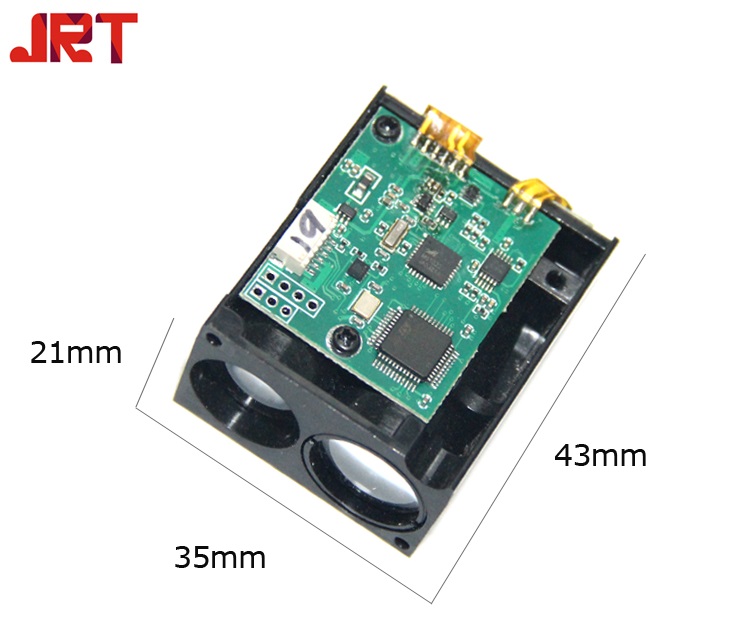Watering
From the perspective of water conservation, it is recommended that wheat should be poured in two springs and the normal growing wheat field with frozen water should not be poured back if the soil moisture is good. Wheat spring and spring time should be in the jointing stage (late March to early April), spring and second water in the heading and flowering period (late April to early May), and the specific watering time is the amount of watering as the wheat seedlings soil moisture And set. If watering conditions are good, three waters can be poured when the weather is dry.
Fertilizer
Select fertilizers: low-yield wheat fields can be topdressed with single nitrogen fertilizers such as urea or ammonium bicarbonate; mid- and high-yield fertilizers are recommended for nitrogen and potassium fertilizers that are specifically designed for soil testing and fertilizer companies. Specifically for nitrogen and potassium fertilizer is based on the law of wheat need fertilizer, pay attention to consider the ratio of various nutrients and nutritional forms. Experiments have shown that due to the low content of potassium in most soils, the use of a single nitrogen fertilizer such as ammonium carbamide, the undeveloped wheat root system, and easy lodging. The use of nitrogen and potassium as a top-dressing fertilizer can promote the development of roots and lodging resistance of wheat, increase wheat drought resistance, cold resistance and disease resistance, increase grain weight, and increase yield. The same value of the input for the use of nitrogen and potassium top dressing than urea can produce 50-100 kg per mu.
The proportion and content of nitrogen and potassium topdressing: 30% (25-0-5), 30% (22-0-8), 30% (20-0-10), and different potassium content of nitrogen is used according to the soil potassium deficiency. Potassium fertilizer. It is recommended to chase 25-30 kg per mu.
Fertilization time: 1. For weak seedlings and wheat fields, spring management should be promoted mainly, combined with pouring green water back to green manure, to the joints after the second joint extraction of joint fertilizer. 2. For the general wheat, the spring management measures should be combined to promote control. The soil with low soil fertility can be top-dressed twice during the jointing stage of the upcoming period; for the soil where the soil fertility is higher, the strong and stable plots should be applied during the jointing stage, preferably after the fixed length of the first intercropping period of wheat. Shi. 3. For the prosperous wheat fields, the spring management measures must be controlled. Fertilizer should be applied late in jointing. Do not make excessive amounts of fertilizer so as to avoid late-maturing wheat.
10000Hz High Frequency LiDAR Module
10000 Hz is one of our 2021 new solutions products,which can be widely used in drone postioning, car anti-collision, intelligent traffic monitoring etc. with high accuracy. We support customized service of different frequency(100hz,200hz,300hz,400hz,1000hz,5000hz,10000hz etc.), you can choose the suitable design. And the LiDAR module is a small size with 43*35*21mm, customers can be integrated to their measure device easily. If you meed any documents(PDF files etc.) of JRT high frequency LiDAR distance sensor, please contact us now.

Some key features may help:
Accuracy: ±3~5cm(<50m) /±1%(>50m)
Range: 0.1-200m
Resolution: 1cm
Frequency: 100/200/400/1k/5k/10khz
Laser type: 905nm,Class I
Size: 43*35*21mm
Weight: 20g
Input voltage: 8-36V
10000Hz High Frequency LiDAR Module,LiDAR,High Frequency LiDAR Module,10000Hz LiDAR Module
Chengdu JRT Meter Technology Co., Ltd , https://www.rangingsensor.com